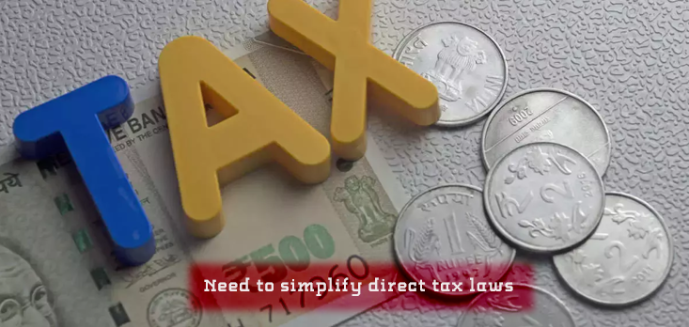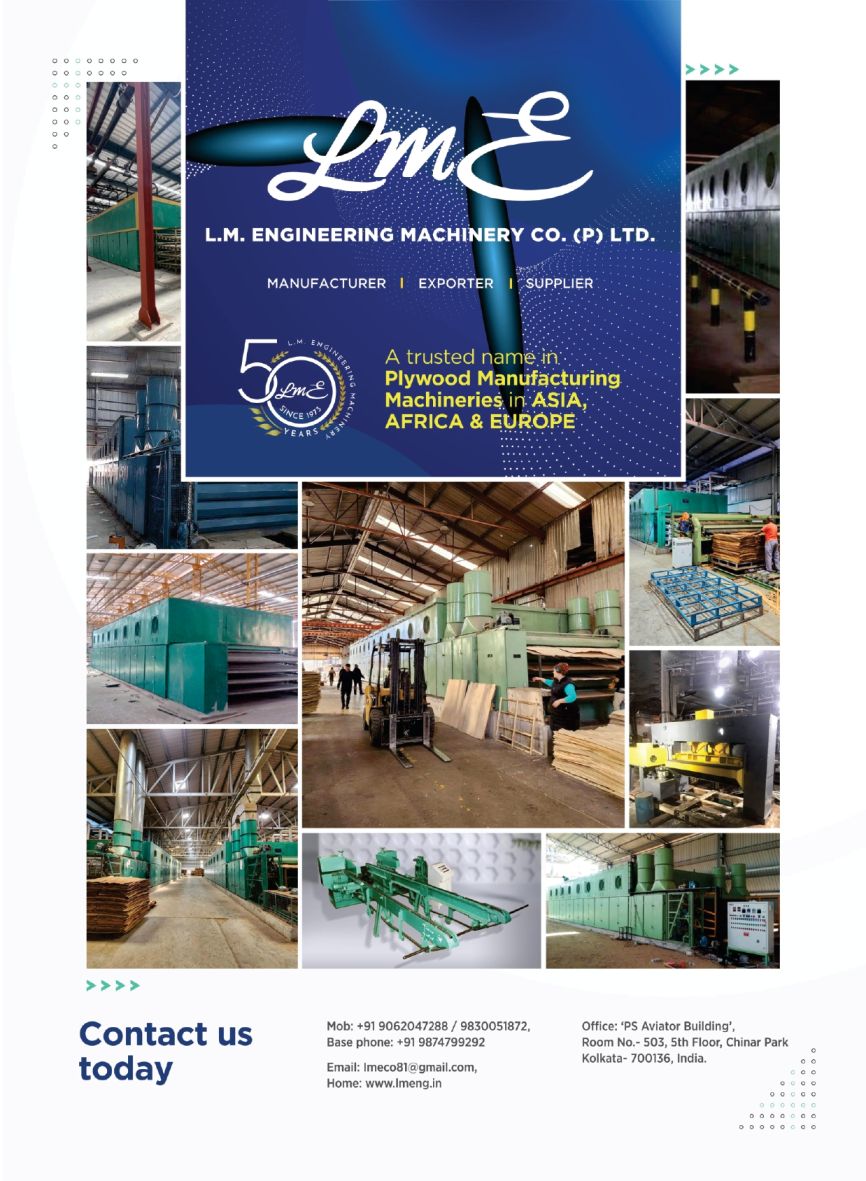
Need to simplify direct tax laws
- March 11, 2022
- 0
There is a need to simplify direct tax laws various carve outs or exemptions announced every year have made them complicated, revenue Secretary Tarun Bajaj Said.
“The direct tax code has also become more complicated; a lot of exemptions and a lot of provisions have come. So, I think there needs to be a complete relook of those carve outs that we do every year. It makes it very complicated to understand even for tax experts not to talk of the ordinary people,” Bajaj said
The government wanted a stable and predictable tax regime, so very little tinkering was done in the Union Budget. “Only one or two exemptions in the new corporate tax regime have given some stability, and the corporate sector has embraced this new structure,”
Bajaj said based on the analysis for 2019-20 and assessment year 2020-21, 65 per cent income of corporate has come in the new 22 per cent tax bracket.
The remaining 35 per cent continues to avail the old tax regime as their business income is low.
With the reduction in tax rates for corporate, tax revenue has increased, he added.
In September 2019, finance minister Nirmala Sitharaman had announced a cut in corporate tax to 22 per cent from 30 per cent if companies don’t avail any exemptions or incentives.
On the personal income tax front, the new personal income tax regime is “not laid out well,” Bajaj said. Till about Rs 8-9 lakh annual income, it makes no reason to avail the new tax regime because in the old regime by availing exemptions, there is no tax liability for an individual. However, if the person avails the new income tax regime, he will have to pay tax, Bajaj said.
“This is work in progress. We will have more data to analyse, and I think if we set this right, we would be moving in the right direction,” he said. Secondly, very few people are paying income tax, Bajaj said.
With the government providing pre-filled data in returns, the expectation is better collection of taxes from taxpayers, who weren’t paying taxes earlier. A new provision has been added in this regard that states if taxpayers who’s TDS is Rs. 50,000 but do not file a return, their TDS liability would double. Bajaj also said that the government has come a long way by taxing people based on their return filing to transaction-based taxation. The government gets about 55 per cent of the taxes through TDS.
“The intention of the government is to keep GDP growing. Then only income and revenues will be better,” he said.
On indirect taxes, the government undertook a thorough review of Customs duty and some exemptions that continued for three decades.
They were not useful and have been done away with, Bajaj said.
For the production-linked incentive (PLI) schemes and phased manufacturing programme, the government has given a four-year glide path some protection will be provided for one-two years, but then, businesses will have to be competitive.
प्रत्यक्ष कर कानूनों को सरल बनाने की जरूरत
राजस्व सचिव तरुण बजाज ने कहा कि हर साल होने वाले विभिन्न बदलावों या छूट की घोषणा से प्रत्यक्ष कर कानून बहुत जटिल हो गए हैं, जिन्हें सरल बनाए जाने की जरूरत है।
बंगाल चैंबर आफ कॉमर्स ऐंड इंडस्ट्री (बीसीसीआई) की ओर से आयोजित एक वेबिनॉर में बजाज ने कहा, प्रत्यक्ष कर संहिता बहुत जटिल हो गई है। तमाम छूट और तमाम प्रावधान आए हैं। ऐसे में मेरा मानना है कि हर साल होने वाले बदलावों को देखते हुए इस पर पूरी तरह से पुनर्विचार किए जाने की जरूरत है। यह कानून आम लोगों के लिए ही नहीं, कर विशेषज्ञों के लिए समझना भी बहुत जटिल हो गया है।
सरकार स्थिर और पहले से अनुमानित कर का दौर चाहती थी, ऐसे में केंद्रीय बजट में बहुत मामूली बदलाव किया गया। बजाज ने कहा, ‘केवल एक या दो छूटों से नए कॉर्पाेरेट कर के दौर में कुछ स्थिरता आई है। कॉर्पाेरेट सेक्टर ने नए ढांचे को स्वीकार किया है।’ 2019-20 के लिए विश्लेषण और 2020-21 आकलन वर्ष के आधार पर पता चलता है कि कॉर्पाेरेट की 65 प्रतिशत कमाई नए 22 प्रतिशत कर ढांचे में आ गई है। शेष 35 प्रतिशत पुराने कर ढांचे में है क्योंकि उनकी कारोबार से आमदनी कम है।
कॉर्पाेरेट के लिए कर की दरों में कमी के साथ कर राजस्व बढ़ा है।
वित्त मंत्री निर्मला सीतारमण ने सितंबर 2019 में घोषणा की थी कि जो कंपनियां कोई छूट या प्रोत्साहन नहीं लेती हैं, उन पर कॉर्पाेरेट कर 30 प्रतिशत से घटकर 22 प्रतिशत लगेगा।
व्यक्तिगत आयकर को लेकर बजाज ने कहा कि नया व्यक्तिगत आयकर ढांचा बेहतर तरीके से तैयार नहीं किया गया है। करीब 8-9 लाख रुपये सालाना आमदनी होने पर कोई वजह नहीं बनती कि नया कर ढांचा लागू न हो, क्योंकि पुराने ढांचे में छूट मिलती है और व्यक्ति की कोई कर देनदारी नहीं है। बहरहाल अगर कोई व्यक्ति नया कर ढांचा अपनाता है तो उसे कर का भुगतान करना होगा।
बजाज ने कहा, ‘यह काम प्रगति पर है। हमें और आंकड़ों का विश्लेषण करना होगा और मुझे लगता है कि अगर हम इसे सही तरीके से तय कर देते हैं तो यह सही दिशा में होगा।’ बजाज ने कहा कि दूसरी बात यह है कि बहुत कम लोग आयकर का भुगतान करते हैं।
सरकार रिटर्न में पहले से भरा हुआ डेटा उपलब्ध कराती है, ऐसे करदाताओं से करों का बेहतर संग्रह होने की उम्मीद है, जो पहले करों का भुगतान नहीं कर रहे थे। इस संबंध में एक नया प्रावधान जोड़ा गया है जिसमें कहा गया है कि यदि करदाताओं का टीडीएस रु. 50,000 लेकिन रिटर्न दाखिल न करें, उनकी टीडीएस देनदारी दोगुनी हो जाएगी। बजाज ने यह भी कहा कि सरकार ने लोगों को उनकी रिटर्न फाइलिंग के आधार पर लेनदेन-आधारित कराधान के आधार पर कर लगाकर एक लंबा सफर तय किया है। सरकार को करीब 55 फीसदी टैक्स टीडीएस के जरिए मिलता है।
“सरकार की मंशा जीडीपी को बढ़ाना है। तभी आय और राजस्व बेहतर होगा,”उन्होंने कहा। अप्रत्यक्ष करों पर, सरकार ने सीमा शुल्क और तीन दशकों तक जारी कुछ छूटों की गहन समीक्षा की। बजाज ने कहा कि वे उपयोगी नहीं थे और उन्हें हटा दिया गया है। उत्पादन से जुड़ी प्रोत्साहन (पीएलआई) योजनाओं और चरणबद्ध विनिर्माण कार्यक्रम के लिए, सरकार ने चार साल का ग्लाइड पथ दिया है, एक-दो साल के लिए कुछ सुरक्षा प्रदान की जाएगी, लेकिन फिर, व्यवसायों को प्रतिस्पर्धी होना होगा।






























































